|
|

Maple water is transformed into maple syrup in a sugarhouse, or "sugar
shack." The finest syrup can only be made from fresh, clean sap. The
collected sap is boiled down into syrup.
The art of sugaring is centered on the evaporator which, fired by wood,
oil or gas, heats the sap until it boils, sending billows of steam up
through the vent or cupola at the top of the sugarhouse. From the time
the maple water is poured into the evaporator to the time it turns into
syrup, it undergoes a complex chain of chemical reactions which produce
the characteristically "maple" colour and flavour.
The sap will deteriorate if not attended to quickly. The sap must be
boiled the same day it is gathered, so a hot and steady fire is kept
going at all times.
 The "boiling
down"
process is slow - sometimes continuing far into the night. Evaporation
that is too slow or too fast will affect the color, flavor and texture
of the syrup. At sea level, the correct temperature for evaporation is
104ºC. However, since the boiling point varies with altitude, a
thermometer must be used to adjust the cooking temperature. For
example, in a region where the boiling point of water is 98ºC (or
2ºC below normal), the cooking temperature of the sap must also be
reduced by 2ºC (to 102ºC). There is, on average a 40:1 ratio
when it comes to acquiring Maple Syrup. Around 40 litres (or gallons)
of maple water must be evaporated to produce 1 litre (or gallon) of
syrup. Most of the water (66%) in it evaporates during this process,
leaving concentrated maple syrup. The "boiling
down"
process is slow - sometimes continuing far into the night. Evaporation
that is too slow or too fast will affect the color, flavor and texture
of the syrup. At sea level, the correct temperature for evaporation is
104ºC. However, since the boiling point varies with altitude, a
thermometer must be used to adjust the cooking temperature. For
example, in a region where the boiling point of water is 98ºC (or
2ºC below normal), the cooking temperature of the sap must also be
reduced by 2ºC (to 102ºC). There is, on average a 40:1 ratio
when it comes to acquiring Maple Syrup. Around 40 litres (or gallons)
of maple water must be evaporated to produce 1 litre (or gallon) of
syrup. Most of the water (66%) in it evaporates during this process,
leaving concentrated maple syrup.
Increasingly, producers are using machines that partially concentrate
the sap by reverse osmosis, an advanced technique which offers energy
savings of 60%, while conserving original maple product characteristics.
Maple syrup must be filtered to remove the impurities that could affect
its appearance and flavor. It is important to adjust the density to
between 66º and 67º Brix (the Brix unit of measurement
indicates the risk of fermentation or crystallization). The syrup is
then bottled or put in galvanized metal cans while still very hot
(87ºC or more). The heat sterilizes the containers and prevents
the formation of mold.
If
It's
Not From The Forest, It's Not
Wild!
Mike Poulin,
|

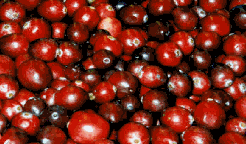
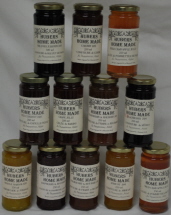
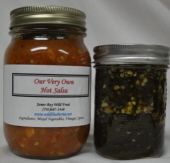
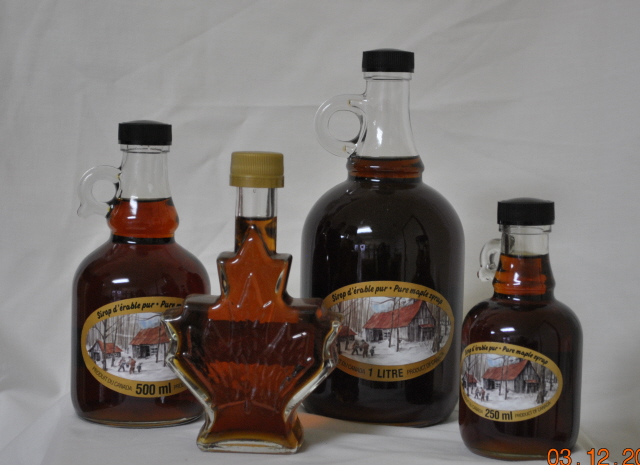
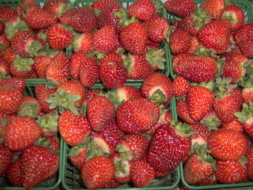
|
|